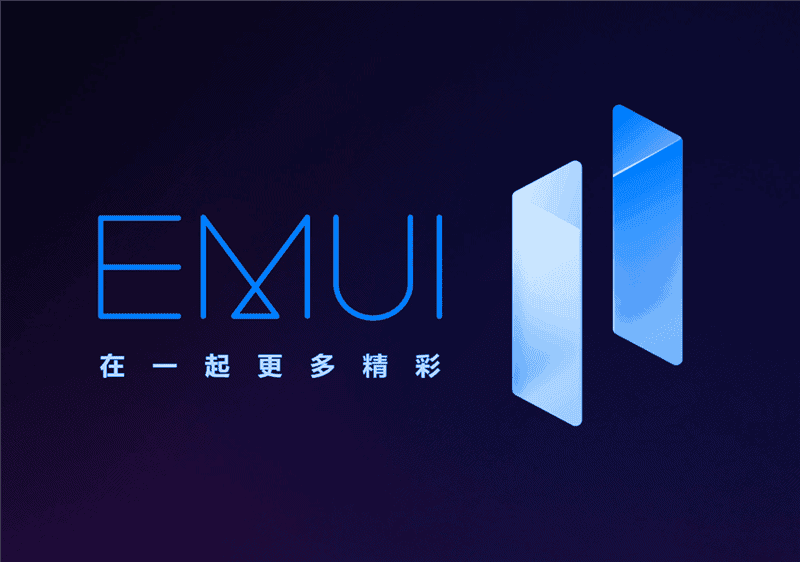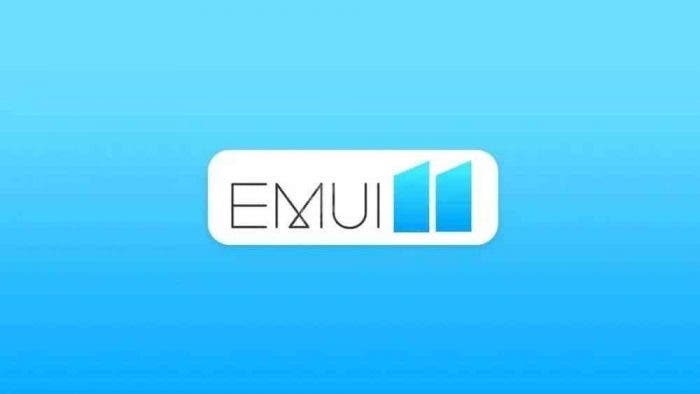As we all remember, a couple of years ago there were rumors that Huawei was working on its own operating system. Over time, it became clear that during the active pressure and tightenings by the US government, this decision turned out to be prophetic. Now it is clear that the company will eventually replace Android and EMUI 11 with its own operating system, HarmonyOS.
EMUI 11 could be the last for smartphones before moving to HarmonyOS
A new report from MyDrivers cites an interview with Wang Chenglu, head of software development at Huawei Consumer Business Group. The interview raised the question of how the company plans to replace EMUI 11 with the Harmony (or HongMeng in China) operating system. To this, Chenglu replied that EMUI 11 already uses the same framework as HongMeng, the same system scheduler, and other similar elements.
From these words, it can be understood that the latest version of EMUI based on Android 11 was specially created as a transitional version; which prepares devices for the adoption of the first public release of HarmonyOS.
At the moment, the new firmware version, HongMengOS 2.0 beta, is already ready for various smart devices: TVs, watches, etc. It is believed that this particular version of the firmware will have to come to smartphones. We will wait for official statements.

EMUI 11 introduces Eyes On Display as an advanced version of the AOD
rECENTLY, the premiere of the Huawei Mate 40 family took place, which received the EMUI 11 user interface with the new Eyes on Display (EOD) function. This is an advanced version of Always-on Display (AOD), which allows illuminating some LEDs; so that you can show a small amount of information that you need to quickly access from the lock screen.
And since the information is displayed on a black background, it practically does not consume a lot of battery. In practice, it turns out that the smartphone seems to be asleep; but at the same time it constantly maintains the display of the necessary data on the screen. For example, icons for missed call, time and battery charge.
Huawei has come up with its own interpretation of this feature, giving it the name Eyes On Display. Its trick is that it follows the user’s eyes using the front camera and a gesture sensor. As soon as the user looks at the screen, the necessary information will show up on it; while the rest of the time the display “sleeps”.
Eyes On Display works only on smartphones that have a 3D camera with a depth sensor and a gesture sensor on the front panel. At this stage, this option will be exclusive to the flagships of the Huawei Mate 40 series; and it is not clear if it will appear later in the P40 series.





